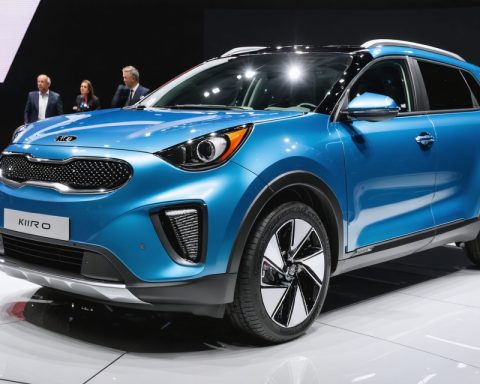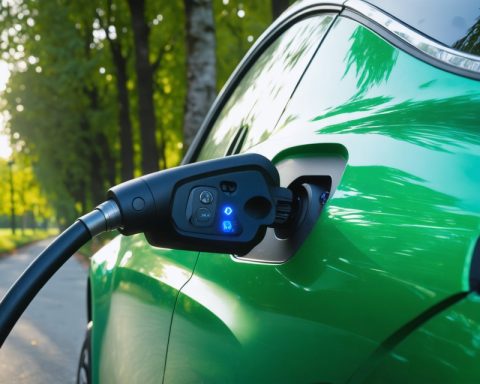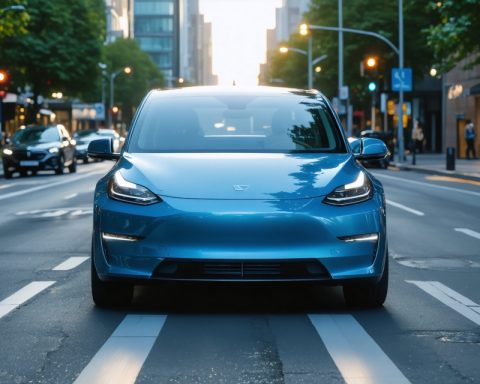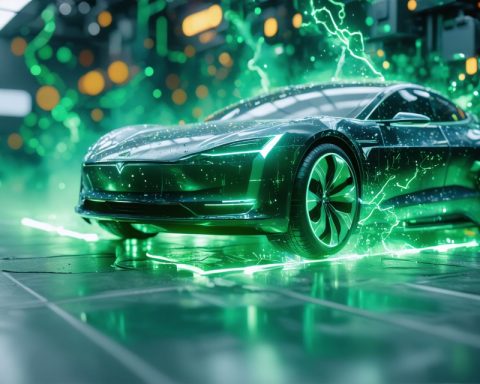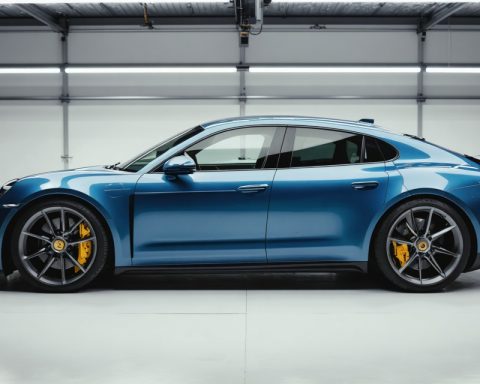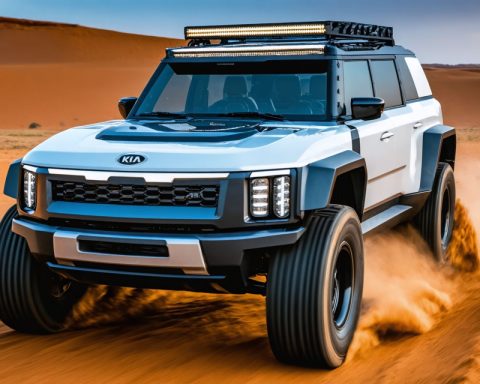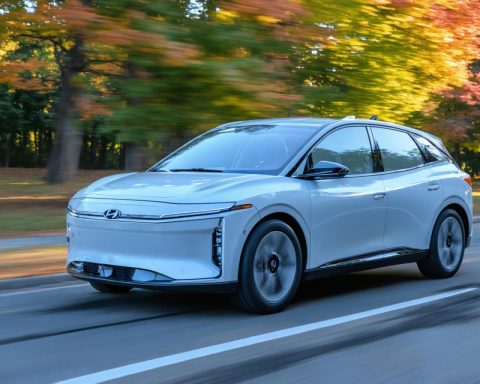- Only Tesla, BYD, Li Auto, and Series Group are profitable among exclusive EV makers in 2024, with Tesla and BYD leading the charge.
- Tesla’s profit margin is at 7.2%, slightly higher than BYD’s 6.4%, though Tesla faces declining margins while BYD’s are rising.
- Vertical integration, such as in-house battery and software development, is crucial for profitability, exemplified by Tesla and BYD.
- Chinese startups like Zeekr, Xpeng, and Leapmotor show resilience, narrowing their financial losses significantly.
- Companies like Nio, Polestar, Rivian, and Lucid face significant financial challenges, highlighting the market’s harsh realities.
- Tesla is the only consistently profitable Western EV company, but global competition poses an ongoing threat.
- The successful formula in the EV industry is vertical integration and scale, as showcased by Tesla and BYD’s strategic approaches.
Amidst the electrifying buzz surrounding the new age of transport, four key players have emerged as the only profitable electric vehicle (EV) exclusive carmakers in 2024. Standing tall are Tesla, BYD, Li Auto, and Series Group, known for its Seres, Aito, and Landian brands in China. As intriguing data from Rho Motion suggests, the road to profitability is more challenging than ever, with rising sales not guaranteeing roaring profits across the sector.
Tesla, the trailblazer, recorded a 7.2% margin last year, narrowly ahead of BYD, the Chinese titan, at 6.4%. Yet, these figures tell a deeper, more compelling narrative: Tesla, once soaring at greater heights, is experiencing a gradual descent in its margin. In contrast, BYD is crafting its ascent with an upward trajectory that could soon crown it the most profitable EV manufacturer.
Both giants, Tesla and BYD, have mastered the art of vertical integration. By developing batteries, drivetrains, and software internally, they wield control that other manufacturers can only aspire to. This strategic maneuver mirrors in the profitability of Li Auto and Series Group, reinforcing the considerable leverage of self-sufficiency. Companies lacking this integration struggle to keep their margins afloat, a lesson the industry learns repeatedly.
Chinese EV startups, once perceived as up-and-comers, are stealthily closing the gap. Brands like Zeekr, a luxury arm of Geely, are making strides despite recording a -8.5% margin, a notable improvement. Xpeng and Leapmotor, too, demonstrate resilience, halving their losses year-on-year.
Conversely, others, including Nio, which languished with over a -30% margin, and Polestar and Rivian, sought-after in the West yet troubled financially, illustrate the harsh realities of the EV market. Lucid, facing the most staggering loss with a -374% margin, survives primarily due to an infusion from Saudi sovereign wealth, starkly showcasing the divide between supported and independent creators.
Tesla remains the solitary Western figure to achieve consistent profitability in this turbulent landscape. Yet, its dominance sits on a precarious pinnacle as global competition and aggressive pricing battles loom large.
The key takeaway from this evolving saga is clear: vertical integration coupled with scale is a potent formula for survival and dominance in the EV race. As the industry braces for the next chapter, the riveting duel between Tesla and BYD signifies more than mere quarterly results. It is a battle for the soul of future mobility, a relentless pursuit to redefine possibility, and a testament to human ingenuity’s unwavering spirit.
The Untold Secrets Behind the Profitable Titans of the Electric Vehicle Industry
Introduction
The electric vehicle (EV) market is experiencing unprecedented growth, yet only a select few have managed to remain consistently profitable. In 2024, Tesla, BYD, Li Auto, and Series Group emerge as the leading profitable carmakers. Despite increasing sales, profitability remains elusive for many, highlighting the importance of strategic integration and innovation. Here’s a deep dive into the dynamics shaping these industry leaders and the broader EV landscape.
Mastering Vertical Integration
Tesla and BYD have a significant edge through their vertical integration strategies. By manufacturing critical components such as batteries, drivetrains, and software in-house, these companies reduce dependencies and increase profit margins. This integration not only ensures quality control but also enables rapid innovations and cost efficiencies.
Emerging Competitors in China
Chinese start-ups, including Zeekr, Xpeng, and Leapmotor, are steadily climbing the profitability ladder. Their improved margins signal a growing capability to rival established giants. Despite challenges, their resilience and adaptive strategies underscore a burgeoning transformation in China’s EV industry.
Struggles of Western EV Makers
While Tesla remains a beacon of profitability in the West, other aspirants like Rivian, Polestar, and Lucid face significant financial hurdles. These companies grapple with immense production costs and competitive pricing pressures. Lucid’s dependence on Saudi finances underscores the precarious path Western challengers tread.
Market Trends and Predictions
1. How-To Optimize Profitability in EVs
– Emphasize on vertical integration.
– Invest in R&D for efficient battery technology.
– Streamline production processes.
2. Industry Trends
– Increasing global competition with aggressive pricing strategies.
– A shift towards smaller, more efficient EV models gaining popularity.
– Enhanced focus on sustainable and environmentally friendly production.
Key Questions Answered
1. Why is vertical integration crucial?
Vertical integration allows manufacturers to reduce costs, control quality, and innovate rapidly, leading to better profit margins.
2. What challenges do Western EV manufacturers face?
High production costs, lack of vertical integration, and fierce competition contribute to the struggle for profitability.
3. Can new entrants challenge established companies like Tesla?
Yes, with strategic investments, robust partnerships, and innovative models, emerging players can potentially compete effectively.
Actionable Tips
– For Consumers: When looking for an EV, consider brands with strong integration strategies for better reliability and cost-effectiveness.
– For Investors: Focus on companies investing in sustainable production and battery technology advancements.
– For Manufacturers: Prioritize the development of proprietary technology to maintain a competitive edge.
Conclusion
The profitability of Tesla, BYD, Li Auto, and Series Group showcases the power of strategic innovation and integration in the EV market. As challenges persist, these companies illustrate a roadmap to success for both traditional carmakers transitioning to electric models and new startups. Staying agile, responsive, and integrated is paramount as the industry continues to evolve.
For more insights on technology trends and industry updates, visit Tesla.

